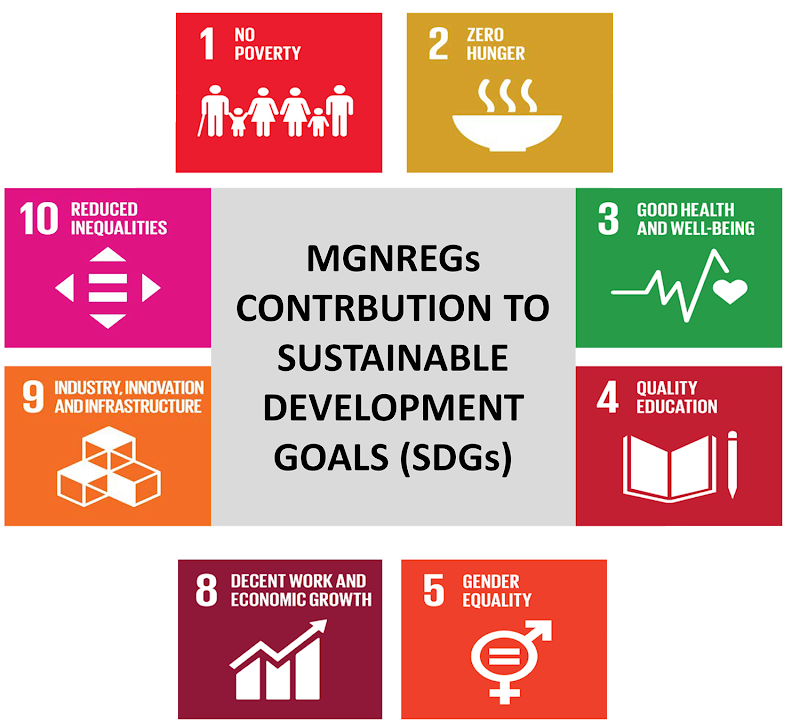UPSC Articles
MGNREGA: a ray of hope to secure livelihoods
Part of: GS Mains II and III – Govt schemes and policies; Welfare schemes; Economy and Unemployment issues
In news:
- Lakhs of poor rural households have already completed their quota of 100 days of work under the MGNREGA and will not be eligible for further benefits under the scheme for the rest of the year.
- Therefore, activists are urging the government to increase the quota of work to at least 200 days per household.
- Thousands of unemployed migrant workers have also returned to their villages and now dependent on MGNREGA wages.
- Given that COVID-19 was declared a national disaster, activists have demanded to reorient MGNREGA.

Important Value Additions
About MGNREGA
- Mahatma Gandhi National Rural Employment Guarantee Act (NREGA) was notified in 2005.
- Goal – to improve the livelihood security of people in rural areas.
- It is a universal scheme guaranteeing 100 days of wage employment in a year to every rural household that expresses a demand.
- This is labour law and social security measure that aims to guarantee the ‘Right to Work’.
- Every registered households receives a Job Card (JC) to track their work completed.
- Demand for work is aggregated at the village level and the scheme is implemented by the gram panchayat.
- The act was first proposed in 1991 by P.V. Narasimha Rao.
- The failure of provision for employment within 15 days of the receipt of job application from a prospective household will result in the payment of unemployment allowance to the job seekers.
- Employment is to be provided within 5 km of an applicant’s residence, and minimum wages are to be paid.
- Thus, employment under MGNREGA is a legal entitlement.













